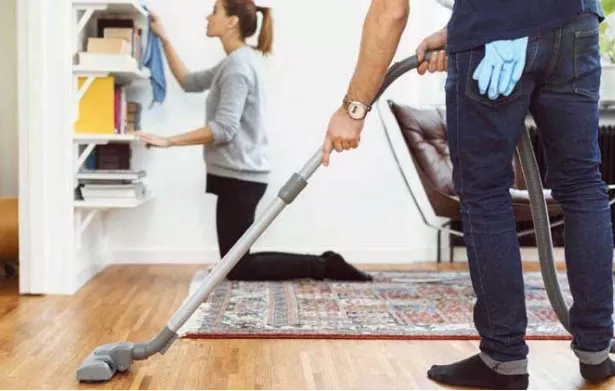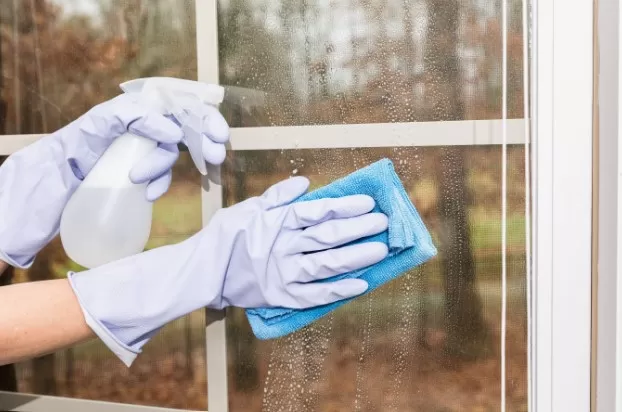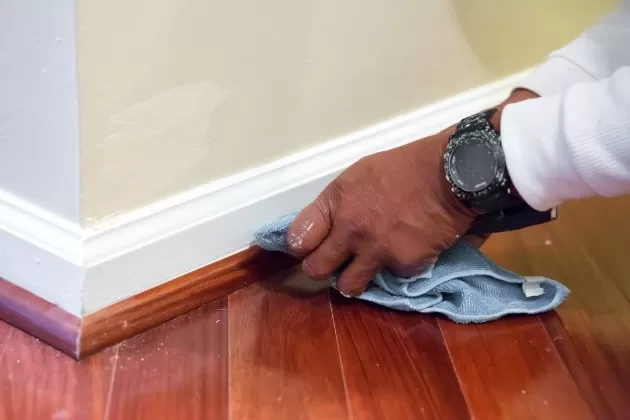Effective Tips for Eliminating Dust in Your Entire Home
When the sun shines and the birds sing, opening your windows to let in the fresh air seems delightful. However, along with the freshness comes the unwelcome presence of dust—the eternal nemesis of housekeepers.
This becomes especially challenging in spring when allergens ride the air currents and infiltrate your home through dust particles. Suddenly, sneezing and sniffling become all too common, leaving you wondering how to eliminate that stubborn layer of dust coating everything in sight.
To make matters worse, most feather dusters merely redistribute dirt rather than capturing it. You could spend hours dusting your entire home, diligently going from ceiling to floor, and still find specks scattered everywhere if you’re not employing the right techniques and tools.
To tackle the dust problem and restore a sparkling, speck-free home, follow the steps below:
Choose the right tools
Replace your ineffective feather duster with microfiber cloths or electrostatic dusters that attract and hold onto dust particles.
Prioritize regular cleaning: Establish a routine for dusting your home, making it a consistent part of your cleaning regimen. Dust surfaces, furniture, electronics, and decorative items regularly to prevent dust buildup.
Vacuum with precision
Use a vacuum cleaner equipped with a HEPA filter to effectively capture fine dust particles from floors, carpets, and upholstery. Pay attention to corners, crevices, and hard-to-reach areas.
Don’t forget the forgotten spots
Dust often accumulates in overlooked areas such as Ceiling Fans, air vents, and baseboards. Remember to clean these areas regularly to maintain a dust-free environment.
Declutter to reduce dust traps
Minimize the number of knick-knacks, unnecessary items, and clutter in your home. These objects can trap dust and make cleaning more challenging.
Wash bedding and fabrics
Clean your sheets, pillowcases, curtains, and other fabric items regularly to eliminate dust and allergens that may accumulate on them.
By implementing these strategies, your home will soon be free from dust, radiating cleanliness and freshness once again.
How Often Should You Tackle Dusting in Your Home?

To effectively eliminate dust and maintain a clean environment, relying solely on a feather duster won’t suffice.
If you’re aiming to bid farewell to dust, or at least keep it at bay for a considerable period, a more comprehensive approach is necessary. Here’s our recommendation for dusting frequency based on different areas in your home:.
Easy-to-reach areas
For surfaces like ceiling fans and upholstery that are easily accessible, it is advisable to dust and clean them at least once per month.
Regular maintenance will help prevent dust buildup and keep these areas looking fresh.
Difficult spots
Certain areas require more attention due to their complexity or limited accessibility.
Examples include high windows, ceilings, small items like picture frames, and shelves. It is recommended to tackle these challenging spots every three to six months.
This interval ensures that dust accumulation is addressed before it becomes excessive.
By following this dusting schedule, you can effectively manage dust levels in your home and maintain a cleaner living environment.
Remember, consistency is key to reducing the presence of dust and enjoying a fresh and dust-free home.
Dust-Free Home: Effective Strategies to Rid Your Home of Dust

To successfully eliminate dust from your home, it’s crucial to gather the right supplies and follow a systematic approach.
Here are some helpful tips to achieve a dust-free environment
Gather the right supplies
Traditional feather dusters and some Swiffer dusting products merely move dust around instead of capturing it.
Opt for a microfiber cloth instead. Microfiber is highly effective at catching and picking up dust, making it the ideal dusting material.
These durable cloths can be easily cleaned by tossing them in the washer and dryer or hand-washing them.
Work from ceiling to floor
Start by using a flexible microfiber duster on a pole to clean ceiling fan blades and other high surfaces.
Dusting these areas first prevents dust particles from settling on already cleaned surfaces. Dampen your microfiber cloth with a spray of your preferred all-purpose cleaner and gently wipe down high surfaces.
Utilize a canister vacuum
Use a lightweight vacuum with a strap and a dusting cup attachment for a thorough dusting.
Vacuum shelves, cabinets, moldings, and other areas where dust accumulates. Ensure the vacuum has a HEPA filter to trap dust effectively and prevent it from being released back into the air.
Microfiber for glass surfaces
Microfiber is highly effective for cleaning glass surfaces without leaving streaks.
Opt for specialized microfiber towels designed for glass cleaning to achieve a flawless, dust-free shine. You can also use microfiber on wood surfaces for optimal cleaning results.
Pay attention to baseboards
Don’t neglect your baseboards as they can accumulate significant dust.
Start by vacuuming them using a round brush attachment to remove loose dust. Then, spray your microfiber cloth with an all-purpose cleaner and wipe down the baseboards.
If your baseboards are scuffed or neglected, consider using a Magic Eraser to restore their appearance.

By following these strategies and using microfiber cloth, a canister vacuum with a HEPA filter, and appropriate cleaning techniques, you’ll be able to effectively rid your home of dust, creating a cleaner and more comfortable living environment.
*The information is for reference only.